When you make hills your friend, magical things happen to your cycling fitness. Hills by their very nature are hard work and for this reason you can use them to dramatically improve your cycling fitness in many ways. I’ll be discussing this in detail in this article.
For some people, the thought of climbing hills is somewhat daunting. Many people avoid hill climbing because of this.
So what happens to your cycling fitness when you climb more hills?
When you climb hills, you have to drag your body weight and the weight of your bike up the hill. The more substantial this combined weight is the more power (or more effort) you have to produce to maintain the same speed.
We estimate it to be around 3-5 watt per kilogram. So for example; if I weighed 70 kg and had to produce 150 watts to maintain 20 km/h and my friend riding beside me weighed 100 kg, they would have to generate between 90 and 150 additional watts to keep up with me.
Regardless of this, it’s not rocket science to figure out that the additional strain of carrying your bike and body weight uphill means that you have to ride harder than if you were riding along the flat. And, because hill climbing taxes your body more than riding along the flat, you can use hills to improve your fitness.
This flows on to all aspects of your cycling. If you find a steep enough gradient, the feat of just getting up it may mean that you’ll need to ride at your threshold to do so.
You can also vary your gearing to change the cadence in which you climb hills at. This provides you with the opportunity to work on either your cardiovascular fitness by using higher cadences or your strength by using lower cadences.
Types of hills and their cycling effects
Short hills provide an opportunity to work on developing short bursts of high intensity. This type of effort is a “hill sprint”. These efforts can help develop the explosive power that can be used in cycle racing for attacking and sprinting and to mix it up when you are riding with your cycling buddies by changing the pace quickly.
You can also use this training to develop the ability to drop your riding companions on shorter hills. Short hills are sometimes called “sprinters hills” for this reason.
Long hills provide an opportunity to work on developing sustained power at threshold, either to benefit your cardiovascular system or your leg strength by varying your cadence as mentioned previously and riding at the limit of your threshold.
This type of training can help you improve your time trialing speed and your ability to climb longer hills faster. It also helps develop your ability to ride faster on flat roads.
How to approach hill climbing
When starting to add hills to your riding, it’s essential to find hills that challenge you enough but are not impossible to climb. As you build up your fitness, you can search out longer and steeper climbs to challenge yourself further.
Make sure you have the correct gearing
Many hills can become impossible to climb if you have the wrong gearing. For some people its scary to get on climbs with steeper gradients. I use to struggle with this too on gradients above 10%. But, since swapping to a compact crankset which has 50/34 tooth chainrings and an 11-32 cassette I can now ride up any gradient. So, if you find you run out of gears on steeper gradients, check the gearing on your bike.
If you have a standard crankset with a 53/39 chainring combination try swapping it for a compact crankset with a 50/34. Then check your gearing on the back. If your cassette’s biggest sprocket is 25 teeth try a cassette that has 28 or 32 teeth as the largest sprocket.
Take it indoors first
All the key benefits of hill climbing can also be done on a home trainer. To fast track the process we have developed a specific instructional training video that has helped 1,000’s of recreational riders and racing cyclists quickly improve their hill climbing. It will teach you the techniques for developing amazing core strength and efficient seated and standing hill climbing power that will take your climbing to the next level. It will also help you with all other aspects of your cycling. You can use it with any home trainer or load up onto Zwift and TrainerRoad or you can take it outdoors on your next training ride and become even more awesome climbing hill. Click here to get your copy.
How do you measure your performance improvement?
The saying goes that you are only able to improve on something once you are able to measure it. Same goes for climbing hills. Once you have a method for measuring your performance on hills you’ll have a benchmark on which to improve on. This helps with your motivation and provides you with a purpose to seek out and climb more hills!
There are many ways to measure your hill climbing improvement. The most straightforward method is to use a sign or marking on the road to act as a timing mark for the start and the finish of a climb.
By recording the time it takes to complete this section you can measure your improvement.
If you have a power meter, you can measure your threshold power output for the segment and watch it improve over time. Also, recording the total vertical meters for the week provides you with information about how much climbing you can do a week.
Then there is Strava. Many of your rides will already have Strava segments on the hills that you climb regularly on your ride. You can use these segments to monitor your performance.
You can also set these segments up so that they show on your bike computer when you are riding the climb. It’s called “Strava Live Segments”. Once set up on your computer will pace you as you ride up the hill and show you if you are ahead or behind your goal time.
You can set up the goal time to be:
- A specific time
- The next rival person that you are following on your leaderboard
- Your PB (personal record) for the climb
- The current KOM/QOM of the climb.
For more information check out Strava’s website: https://support.strava.com/hc/en-us/articles/223361887-Strava-Live-Segments-compatible-devices. It links to the compatible devices and instructions on how to set each one up.
We measure the number of vertical meters our riders do on our coaching program and set targets for them in their training plans to prepare them for road racing and recreational events.
If they are planning on doing an epic cycling holiday in Europe, then we use their vertical meters climbed as an important metric that we closely track in their lead up.
So make hills your friend and use them to build strength, power and improve your cycling fitness.
Where to go from here
Check out how you can shave minutes of your climbs

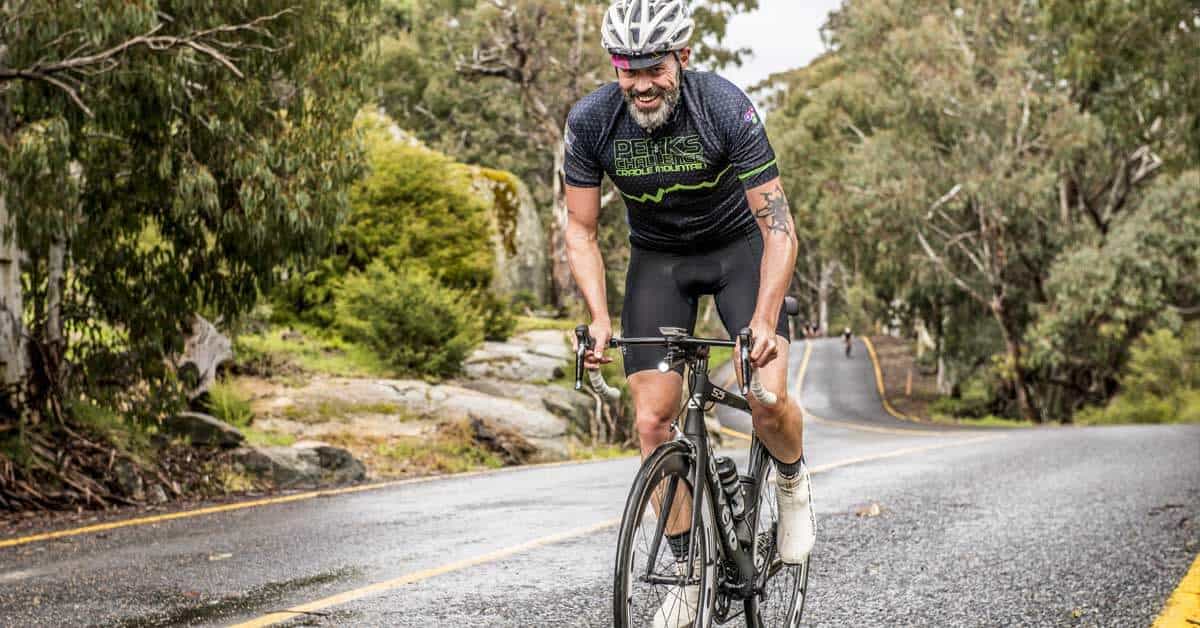
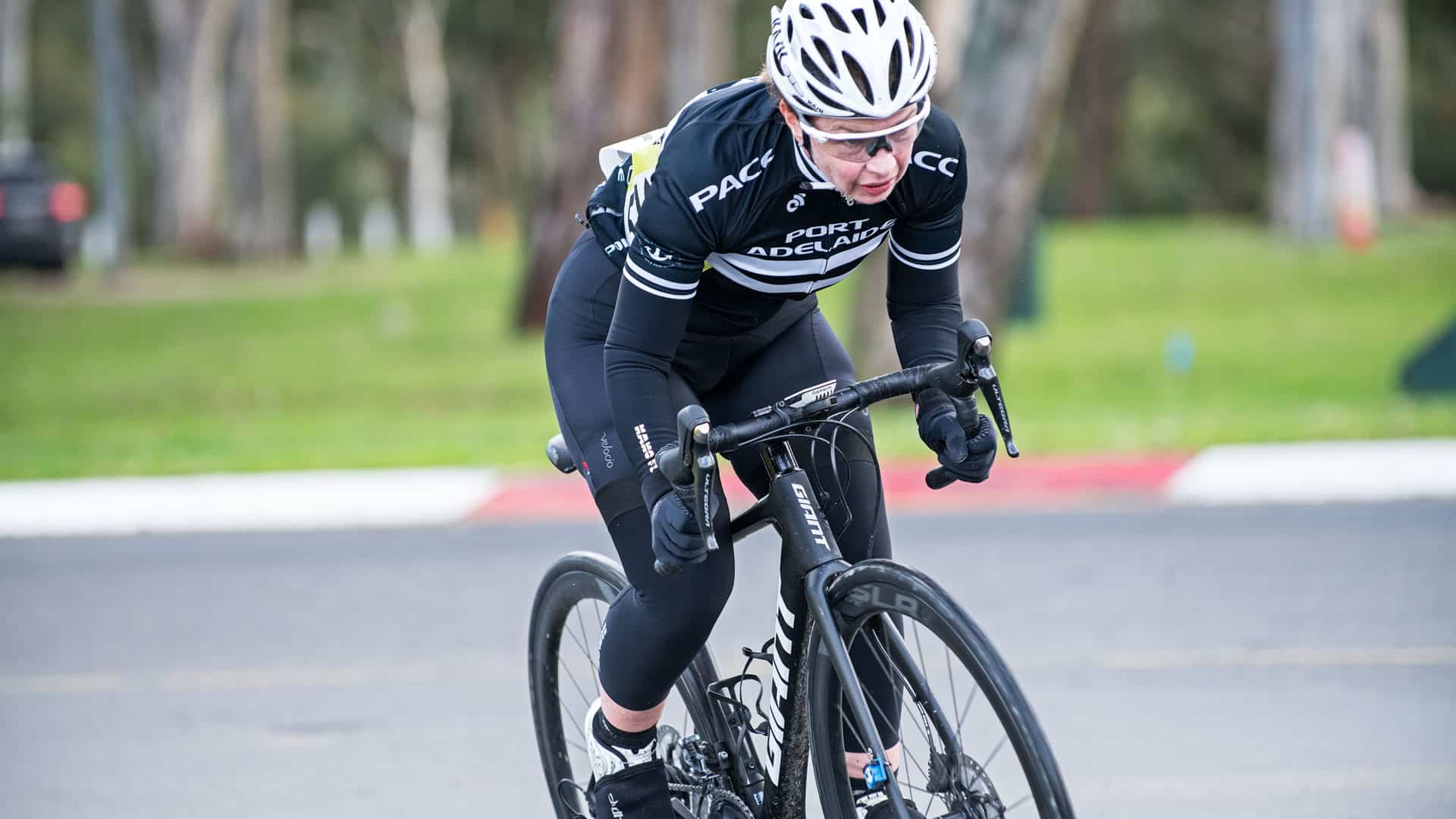
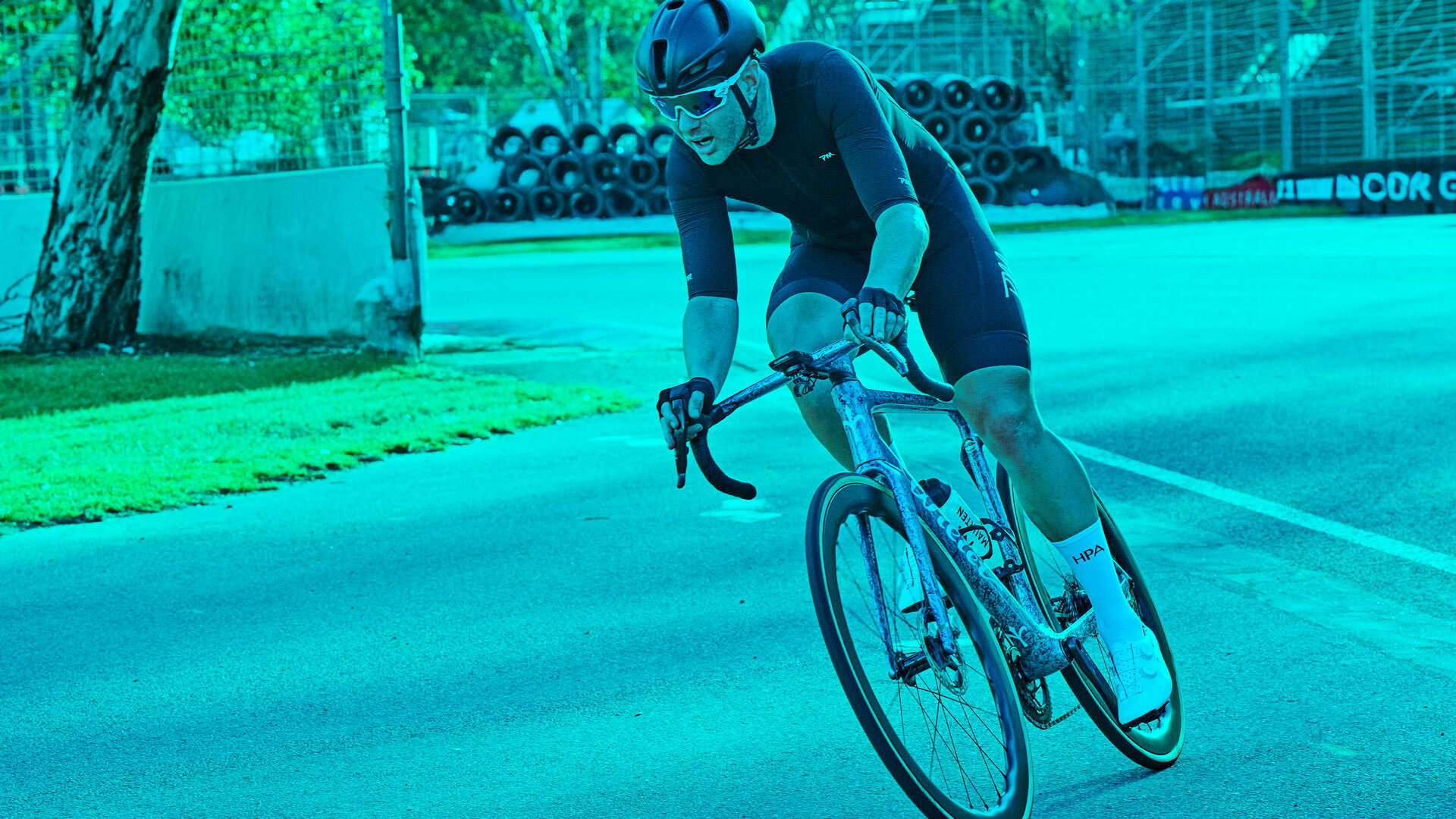
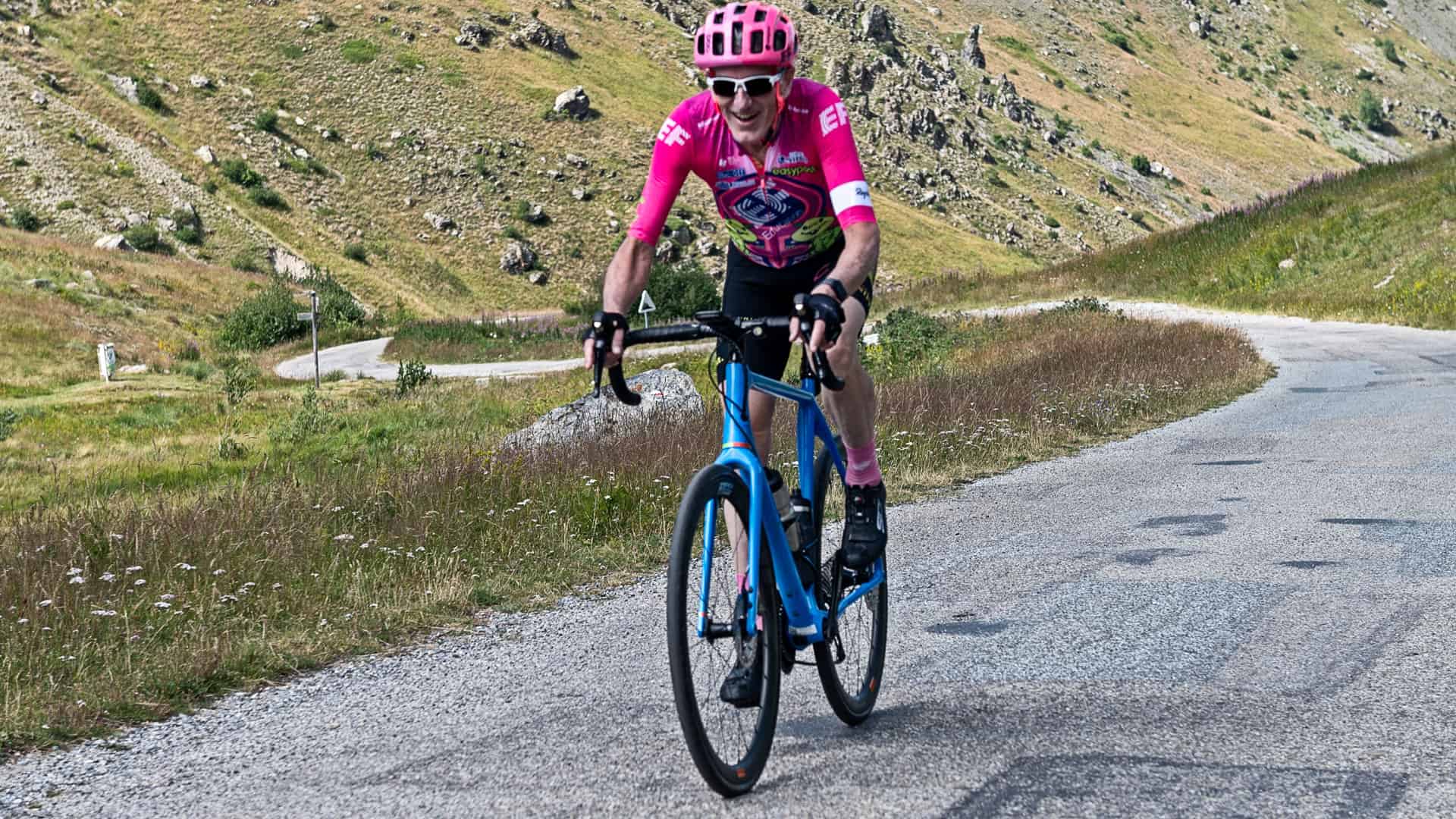
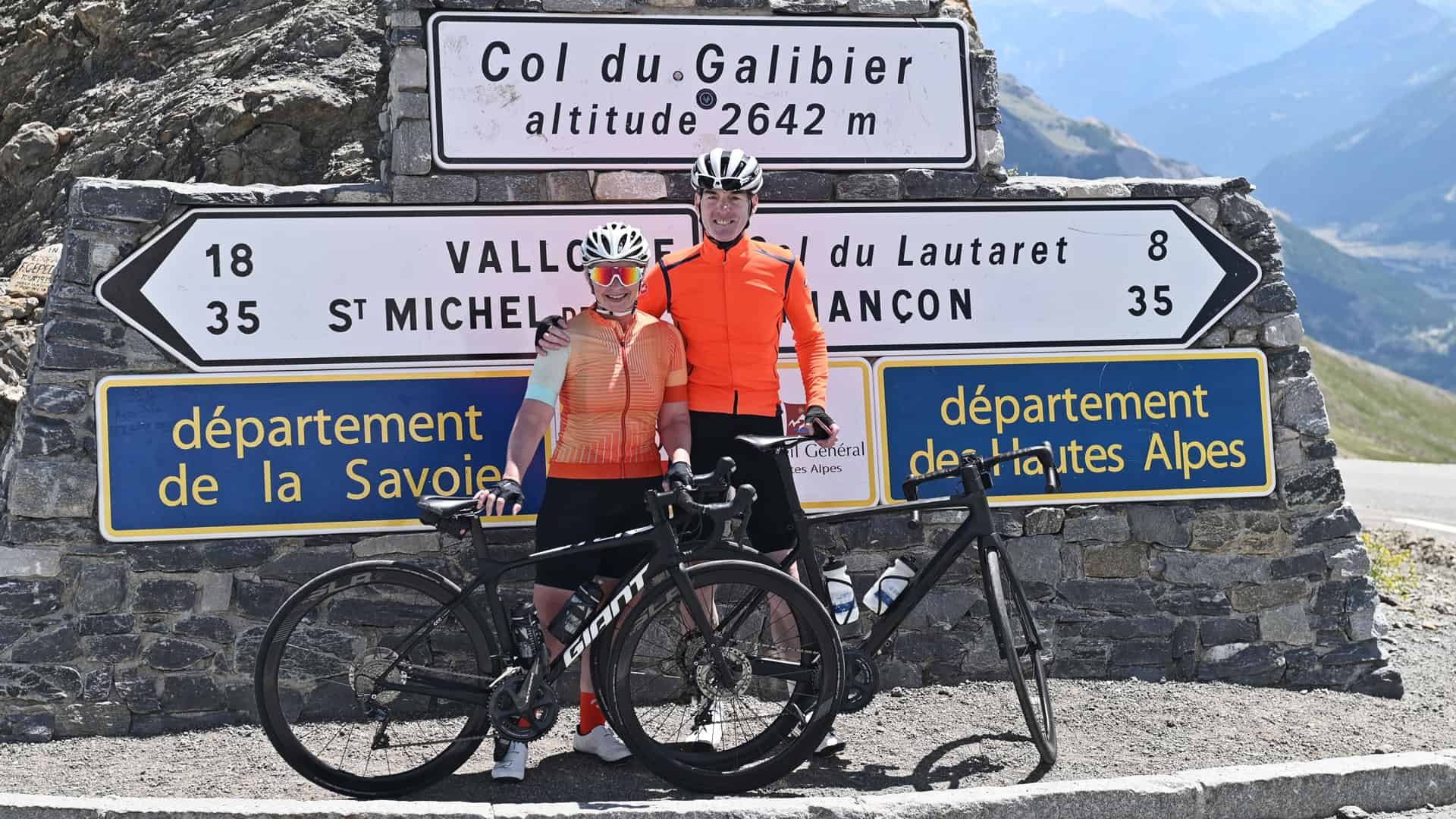
Leave A Comment